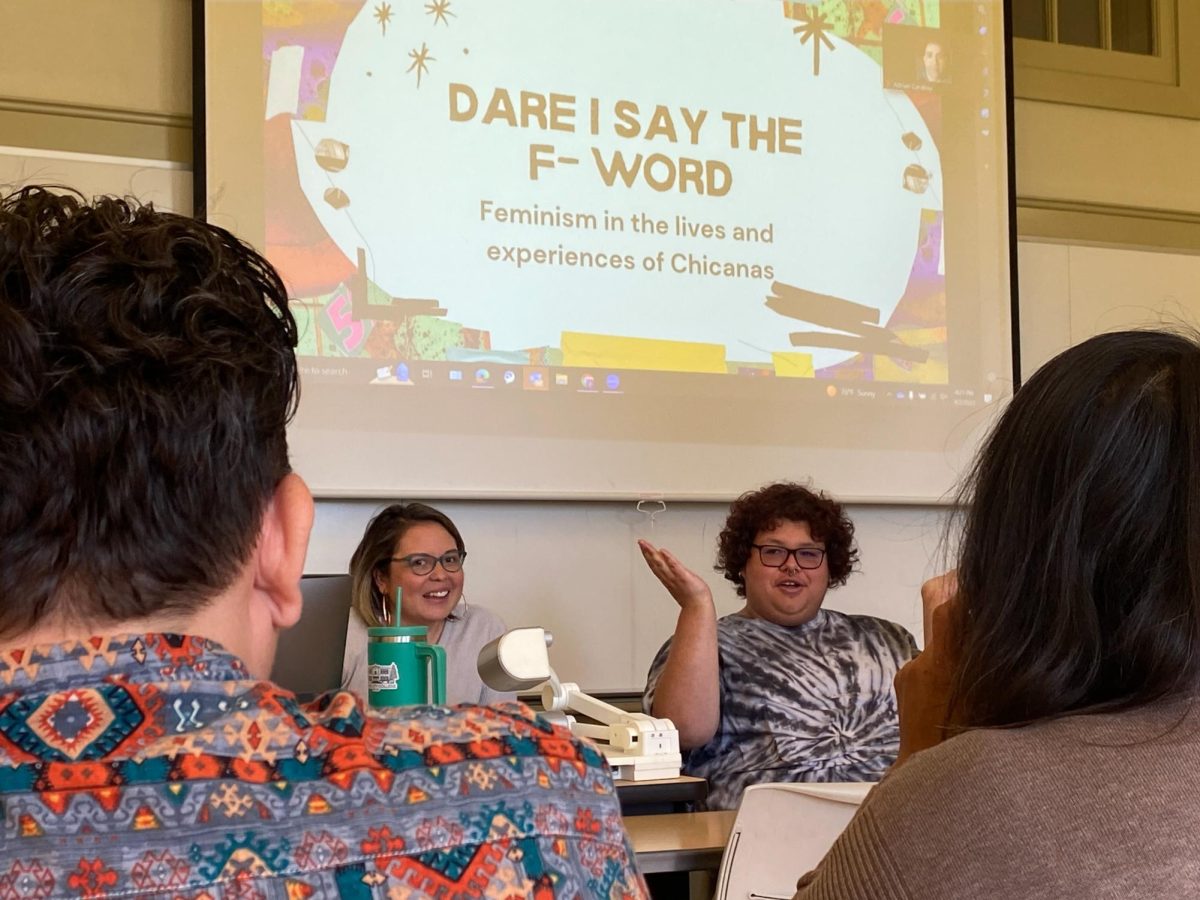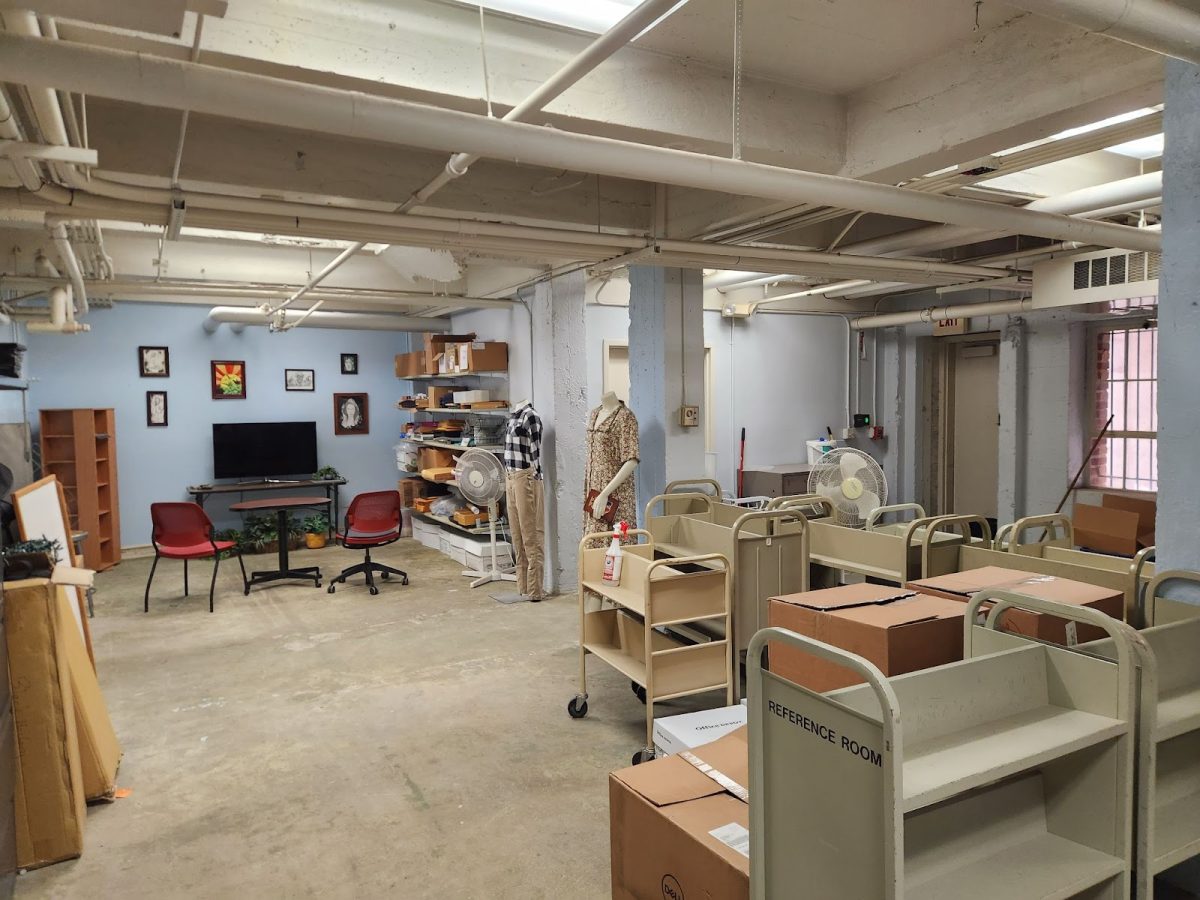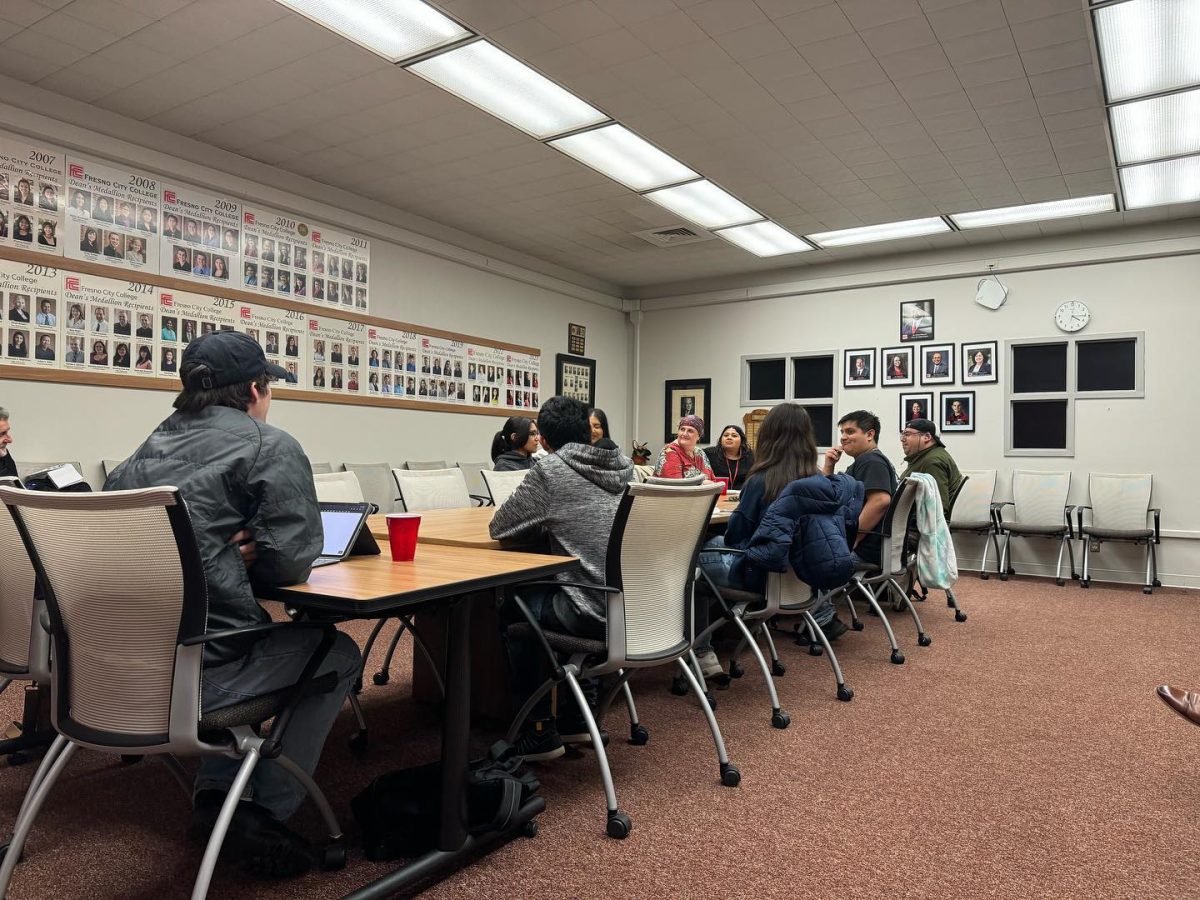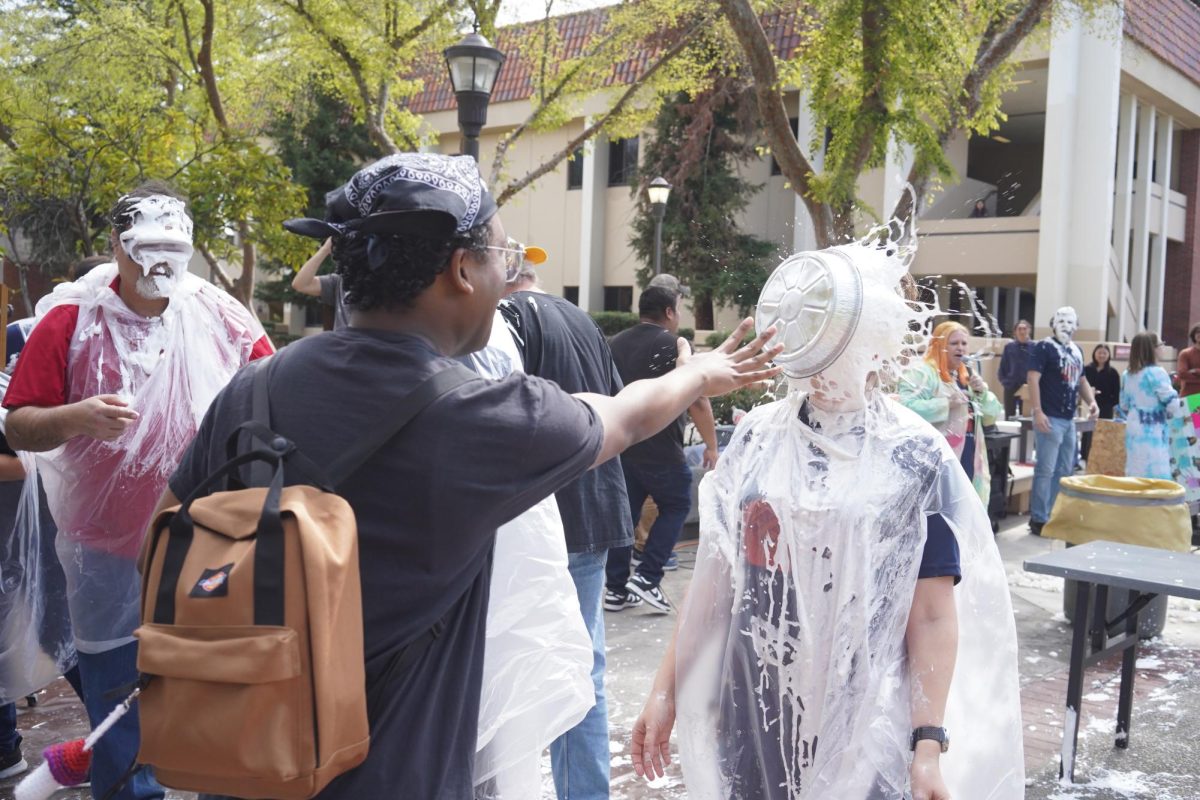Going green does not refer to the color of your clothing, car, or house.
It is not about remembering, every once-in-a-while, to deposit your soda cans in the recycling bin instead of the garbage. In basic terms, going green means adopting practices that reduce the overall impact on the environment.
“What we need to be able to do is lower our usage, not just accommodate our usage,” said Robert Martinez, director of the photovoltaics program.
Fresno City College is doing its share to become a greener environment for students, faculty, and staff through an array of programs, including its course offerings, its vast recycling program, and other innovative initiatives such as use of solar energy.
“If each state were to implement cost-effective clean energy-environment policies, the expected growth in demand for electricity could be cut in half by 2025,” according to information on the web site of the Environmental Protection Agency. “This would mean annual savings of $70 billion in energy costs by 2025, while reducing greenhouse gas emissions by an amount equivalent to emissions from 80 million of today’s vehicles.”
Green technology has become a part of mainstream society and is expected to create a large amount of new jobs.
The applied technology division offers courses in solar and wind technology. One such course is photovoltaics in which students learn the act of converting energy from the sun into volts of usable electricity.
Students learn how to set up photovaltaic modules and connect them to a meter similar to ones used in homes. Students learn how the meter turns backwards meaning that the panels are actually creating more energy than the power supply is using.
The program at FCC manages a total of 48 solar panels that generate about 7,000 watts of electricity.
Another course in green technology is wind turbine technology (WTT). A wind turbine is a large rotary device that extracts energy from the wind, although there are no wind turbines on campus because of the cost.
Commercial wind turbines can vary from $1-2 million per megawatt of electricity produced. Even a small-scale wind turbine that generates ten kilowatts might costs roughly $48,000.
“The Department of Energy has estimated that wind power could account for 20 percent of the nation’s electricity supply by 2030,” according to the New York Times.
Recently, more wind farms are being built offshore because there is more wind and the towers don’t have to be as tall as land-based turbines.
“Because water has less surface roughness than land (especially deeper water), the average wind speed is usually considerably higher over open water,” according to information on a wind energy web site.
“Putting turbines in the water is expensive, but the advantage is that the wind blows much harder off the coasts, and unlike wind over the continent, which often blows hardest at night, offshore breezes can be strong in the afternoon, matching the time when people are using the most electricity,” stated an article in The New York Times.
Here in Fresno, local weather produces more solar energy than wind energy.
“We really have a great area for solar; this is a great location. Wind, pretty debatable,” said Daniel Himes, Instructor for the wind turbine technology at FCC.
Recycling is also a huge part of being a green campus, and the college is currently taking steps to reduce waste.
“During the calendar year of 2009, we had a total of 578.31 tons of refuse that was hauled off our campus,” said Juan Bravo, Building Services Manager. “Of this total, there were 36.03 tons of green waste and 24.09 tons of recycled white or colored paper. We also had cardboard recycled to the amount of 15.66 tons from Oct. 2009 thru Aug. 2010.”
“We do currently mulch our grass and leaves on the grounds and athletic fields on campus,” said Juan Bravo, who explained that this creates a sort of compost that provides nutrients to the soil that help new grass and plants grow.
Richard Harrison, the Print, Media and Communications manager at FCC said the college does its part to recycle used paper. For instance, more than 8 million copies are made per year on this campus, Harrison said.
With 18 weeks in each semester and eight in the summer, it comes down to 210 days of classes, which translates to about 38,095 copies per school day here at FCC.
As far as the light bulbs go, Bravo said, “We recycled 1,142 fluorescent tubes, 33 CFLs, 51 sodium vapor lamps and 76 U-tube lamps from January through July of 2010.”
Each CFL light bulb contains approximately 4-5mg of mercury that must be disposed of properly. When inhaled, mercury can cause many health problems affecting our brains, spinal cords, kidneys and livers.
Martinez said, “We classify things as green but that doesn’t mean they don’t have an impact.”






